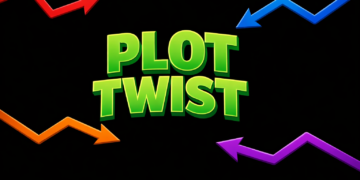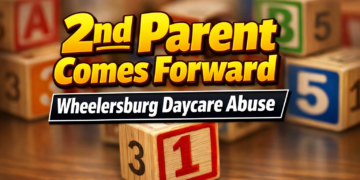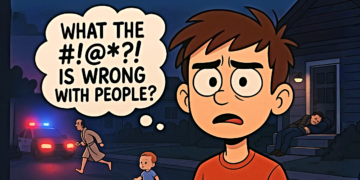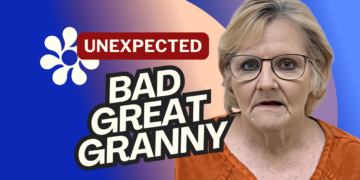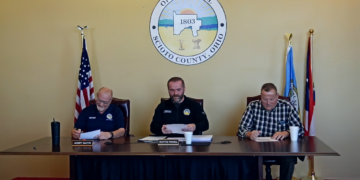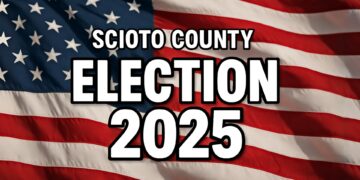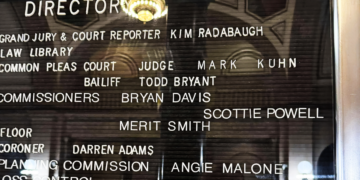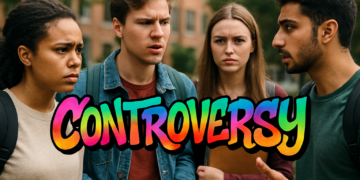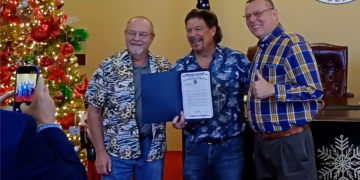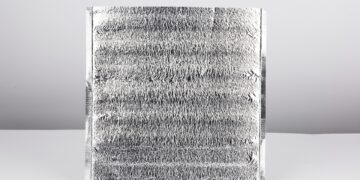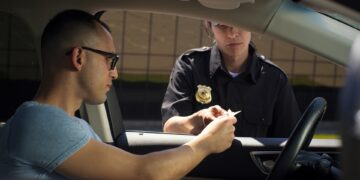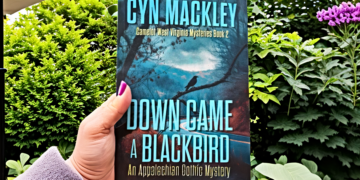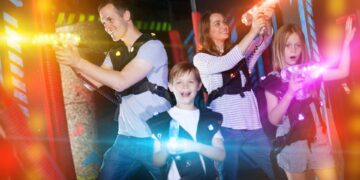While some people are making rules, others are looking for ways to get around those rules. The rules and conditions that make people follow them became stricter, but this does not stop people from looking for ways to get around them.
When it comes to text, one can say that many people want to take someone else’s texts without giving proper credit. Such cases led to the development of a plagiarism detector. However, those who want to plagiarize still continue to search for the ability to copy more and work less. The question is whether contemporary plagiarism checkers are keeping up with the digital age.
Why does originality matter?
Anyone can tell that plagiarism is inappropriate because it’s essentially stealing someone else’s work. Besides that, there are a few other reasons why plagiarism must not take place and why the internet can currently offer users so many plagiarism checkers.
Online platforms
Originality is highly important for online platforms. People have become accustomed to rapid information sharing, with quick data access becoming a necessity. However, the important point is that information must be original. No one wants to read the same things or slightly paraphrased texts. Hence, online platforms must be sure that they provide original content.
Except for the care of users, the question of intellectual property is no less important. Publishing someone’s text without permission can lead to a great scandal and losses. It highly undesirable for the platforms, which are at least a little bit concerned about their reputation.
In addition, it’s harmful to the relationship between the customer and the writer or copywriter. Online platforms can be aware that the text won’t contain any new and highly original ideas. But they surely want the text to be original, not copy-pasted from any other online resources, except for direct quotations with references.
Academic and Professional Integrity
Speaking of quotations and references, originality is demanded for academic and professional integrity. It’s critical for students, researchers, and professionals. Their work is supposed to be the evidence of their skills and knowledge and, in some cases, become a contribution to their professional field.
Plagiarism checkers are especially popular among students who want to be sure their papers don’t include some accidental case of plagiarism. Such things can cause issues with the whole course failure if the continuation of education is not questioned. So, it’s no wonder that one can currently find many plagiarism checkers online.
Development and challenges of plagiarism checkers
Not too long ago, the plagiarism checker needed to focus on two main points: complexity and the coverage of sources. The second one seems to be quite clear. The more sources the checker covers, the more effective it is, and the more cases of plagiarism it can detect.
The first point is about how effective a checker is when the information is not directly copied but also paraphrased more or less. The more complicated cases of paraphrasing the checker could identify, the higher its quality is. However, the development of the available tools caused new challenges.
The most common complications are caused by the widespread availability of AI. It became especially complex as far as text produced by AI wasn’t plagiarized from certain sources but created from scratch. This special case of plagiarism is when a person doesn’t represent someone else’s text as their own but provides the text created by AI. The question of AI copyright is currently complicated, but evidently, a person who orders the text can’t take all credit for it.
The solution came with creating separate AI checkers that can identify if the text is AI-generated or human-written. It’s a common case when the different types of checkers are gathered on one platform, and users can choose which type they need or check their text on all of them.
Both plagiarism checkers and AI checkers can have different levels of quality. While some are more precise, others can make mistakes more easily. While the AI tools became more and more complicated, the AI checkers also developed their ability to identify the use of AI. The current development is the ability to define if the text was generated by a particular AI (ChatGPT, Claude, etc.).
Plagiarism checkers are keeping up with the digital age, but this race seems to be eternal. People will develop new options to bypass the check, and checker creators will develop their tools more and more to make the plagiarism and AI checks precise and correct.

